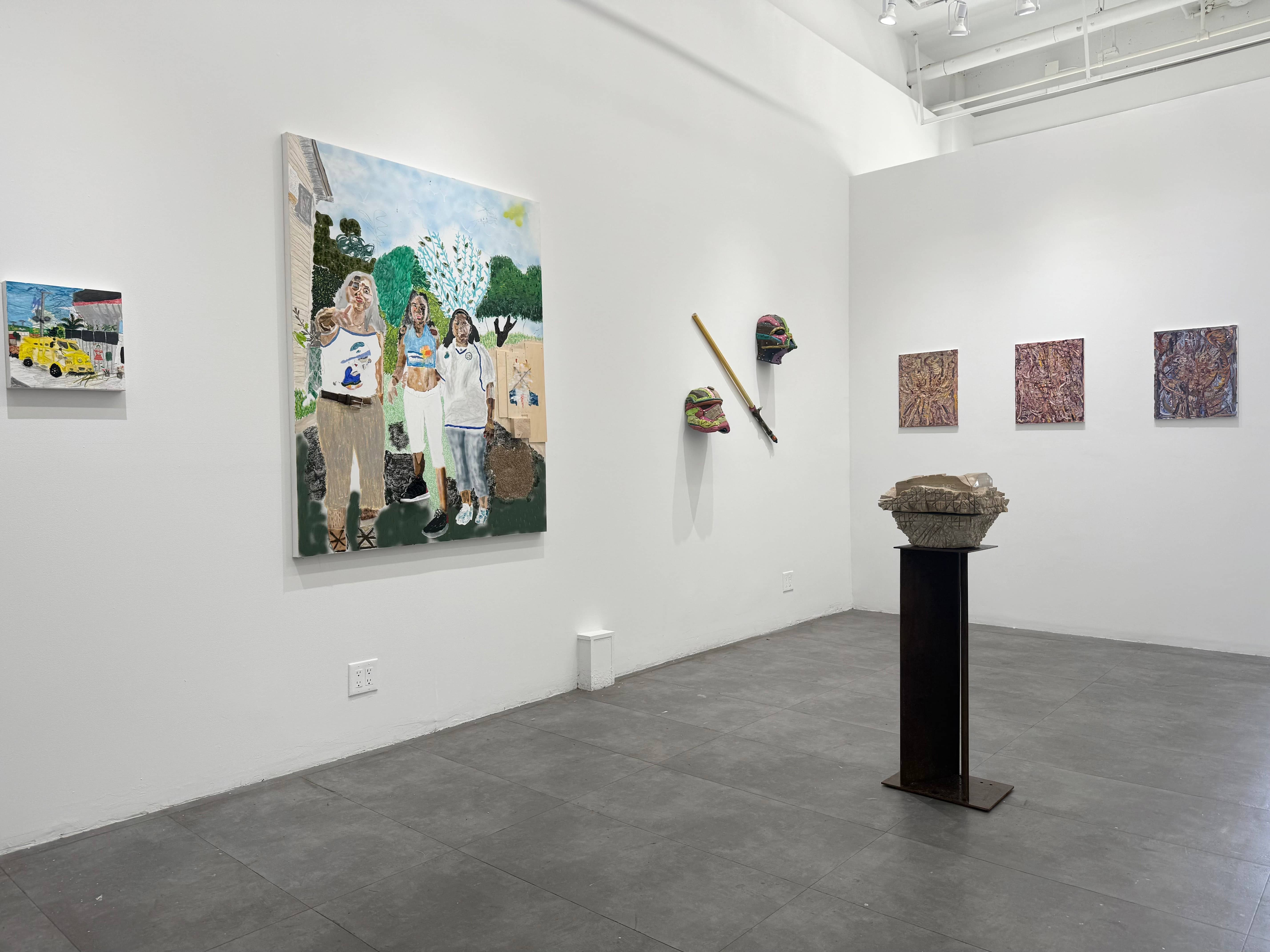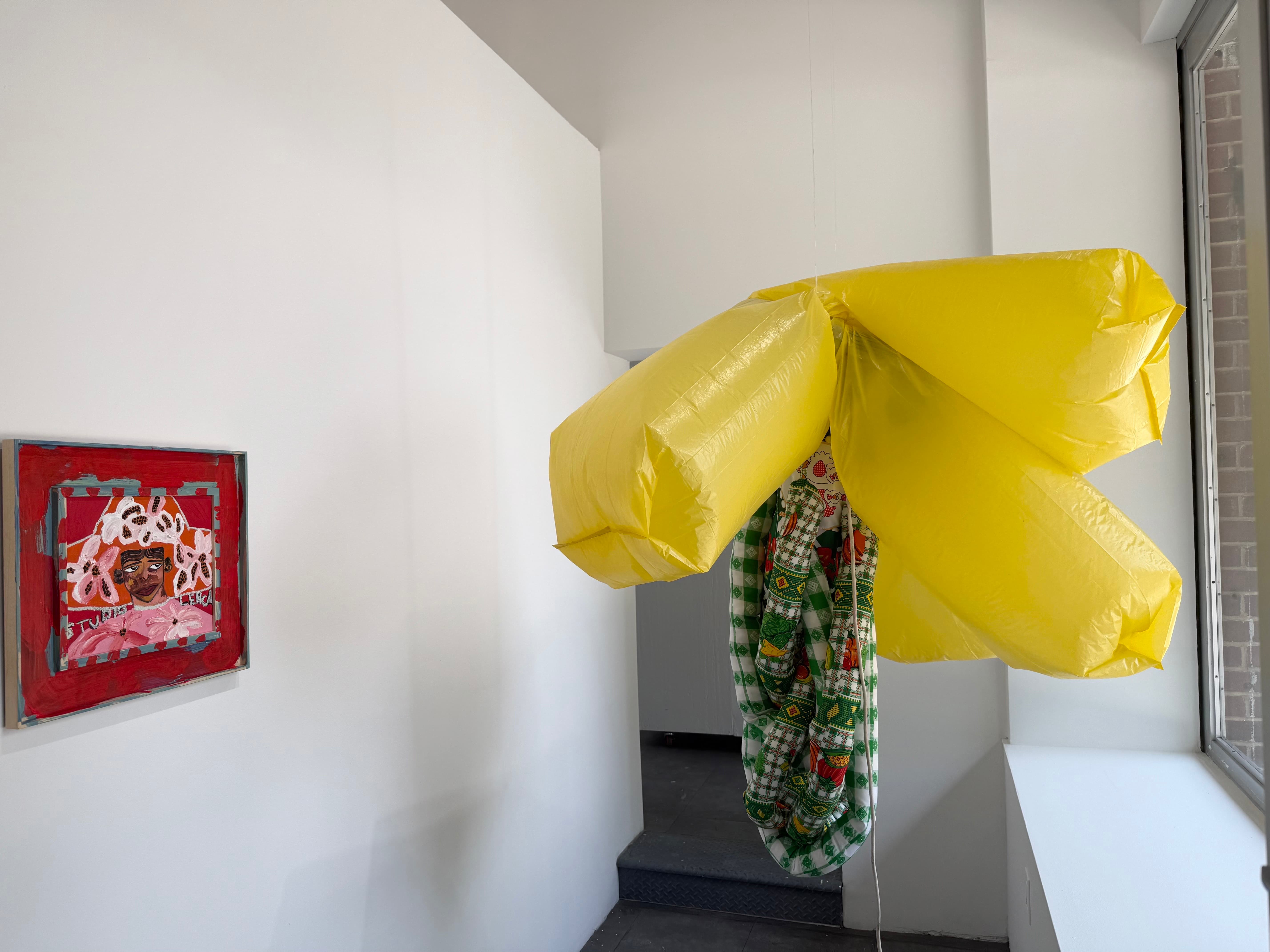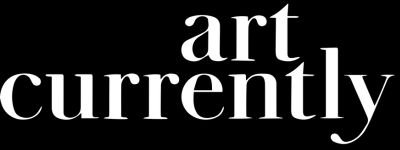An Interview with Studio Lenca on His Curatorial Premiere at Kates-Ferri Projects

Studio Lenca, 2025
A new group exhibition by Salvadoran-born, U.S.-raised artist Studio Lenca as his curatorial debut opens Friday June 6, 2025, at Kates-Ferri Projects in New York; bringing together the likes of internationally recognized artists and emerging artists. As both the U.S. and El Salvador grapple with intensified border policies, state surveillance, and rising nationalist rhetoric, this exhibition centers Salvadoran artists who confront these systems with defiance and expression.
Working across painting, sculpture, video, and textile, the exhibition spans a wide creative spectrum. Featured artists John Rivas, Antonio Romero, José Cabezas, Aria XYX, Lissania Vatra, Marta Torres, Edwin Soriano, and Herbert de Paz explore queerness, migration, trauma, and cultural survival. Some are making their U.S. debut; others, like Vega, bring international acclaim - all speak from lived experience.
At a time when Salvadoran bodies are often criminalized or silenced, this exhibition asserts presence through creative expression. art currently speaks with Studio Lenca about the urgency behind the exhibition — why now, why here, and what it means to hold space for Salvadoran voices across borders.
"In the light that remains" is your curatorial debut. How did the experience of curating differ from your experience as a practicing artist? What surprised you in the process?
It’s been amazing to witness the kinds of conversations that curating makes possible. As an artist, I’m used to working from a deeply personal place, but curating has highlighted the power of collective thinking and the urgent need for networks of solidarity. In the face of everything that feels under threat right now, for example: arts funding, community space, even truth itself, it’s become clear to me how essential these connections are. One thing that really surprised me was how many structural barriers exist for artists, especially those who don’t live in global art capitals like New York or London. Working closely with artists navigating these conditions has helped me understand their experiences on a deeper level.
The exhibition title could suggest both loss and endurance. Can you speak about the metaphor of light — what does it illuminate, preserve, or resist in this context?
Before becoming a full-time artist, I spent ten years teaching in inner-city public schools in London. That experience continues to inform everything I do. Teaching in underfunded schools, often with marginalized communities, taught me how powerful art-making can be as a conduit for dialogue, reflection, and healing. It became a way of connecting deeply with students, and with parts of myself and my own community.
I often turn to the work of bell hooks and Paulo Freire, who feel like theoretical friends and anchors in my practice. Their writing on critical pedagogy, how we learn through dialogue, through relationships, and through transgression has shaped how I think about making space for others. For me, that’s where the metaphor of light comes in. Light can illuminate hidden stories, preserve memory, resist violence, and allow something transformative to enter. This exhibition is an invitation to open up space for that kind of light to flood in, especially through the experiences and identities we hold as Salvadorans.
The exhibition centers Salvadoran voices in the face of state violence and erasure. How did you select the participating artists, and what themes or threads emerged as you brought their work together?
I grew up during the Salvadoran civil war and fled the country overland with my mum. So much of my memory is shaped by violence and displacement, and I’ve long seen El Salvador through that lens. For this exhibition, I selected artists whose work speaks to the complexity and diversity of Salvadoran experiences, those who approach making as an act of survival, resistance, and love. A key thread that emerged was how artists hold memory, not just personally, but generationally, often through gesture, material, or voice. Their practices offer alternate archives that speak back to dominant narratives of disappearance.
You’ve described curating this show as an "act of solidarity across borders." How do you define solidarity in the context of this exhibition, and how does it manifest through the artworks and artists?
Solidarity, to me, means creating spaces where people feel seen, heard, and held. It’s about listening with intention and care. I’ve been thinking a lot about Pauline Oliveros and her concept of deep listening, not just hearing sounds, but becoming fully present to others and to the environment. I want the exhibition to be a space for that kind of listening.
That’s why I chose to include the artists’ voices in the interpretation materials, instead of static labels. Visitors can hear directly from each artist in their own words, what their work means to them, where it comes from. It’s a small but powerful gesture toward breaking down the distance between artist, viewer, and institution, and emphasizing that listening itself can be an act of solidarity.
What felt most urgent or personal about this project, if it did?
The most urgent and personal aspect of this project is visibility. To have this many Salvadoran artists gathered together in Manhattan- sharing their work, their stories, their truths, it really feels historic. For so long, we’ve existed in the shadows of other narratives. This exhibition is a moment of collective presence. It’s a way of saying: we are here, we have always been here, and we are not going anywhere. We're also catering the opening with pupusas!


